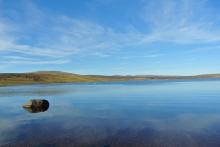Picnicking
There are many great spots to enjoy a picnic in the North Pennines with great views you can savour while you enjoy a bite to eat. Why not make your picnic extra special and sample some of the exquisite produce from our local food producers while you’re at it?
Enjoying good food outdoors is one of those rare pleasures in life. If you are in the mood for some alfresco dining you’ll be spoiled for choice in the North Pennines. There is one accredited Country Park, with picnic facilities, at Talkin Tarn. Elsewhere in the AONB picnic sites can be found in the historic market town of Alston, overlooking Cow Green, Tunstall and the other Teesdale reservoirs, and in numerous woodland locations like at Bowlees Visitor Centre and Hamsterley Forest. All of these sites provide parking, picnic tables, interpretation, with walking trails nearby and many have additional facilities like accessible toilets, shops
Ashes Quarry Geotrail
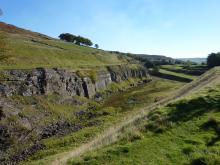
Baybridge Picnic Area
Blanchland
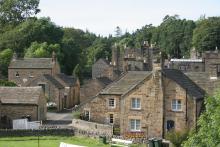
Bowlees Picnic Area

Bowlees Visitor Centre
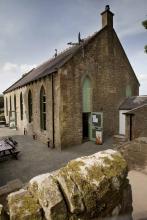
Derwent Reservoir - Walks, rides and wildlife
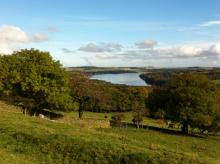
Hamsterley Forest
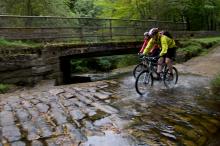
High Force and Bowlees Geotrail
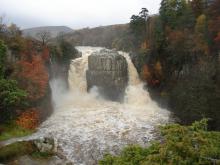
Killhope Lead Mining Museum

Teesdale Reservoir Walk

The National Trust - Allen Banks and Staward Gorge woodland walk
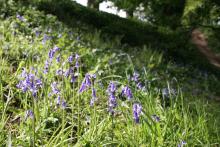
Tunstall Reservoir Walk

Upper Teesdale (Hanging Shaw): North Pennine Birdwalks Walk 12

Waskerley Way Railway Path

Waterfalls and wildlife walk: Moor House-Upper Teesdale NNR
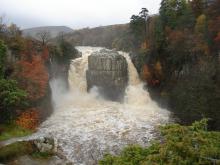
Widdybank Fell Nature Trail: Moor House-Upper Teesdale NNR
